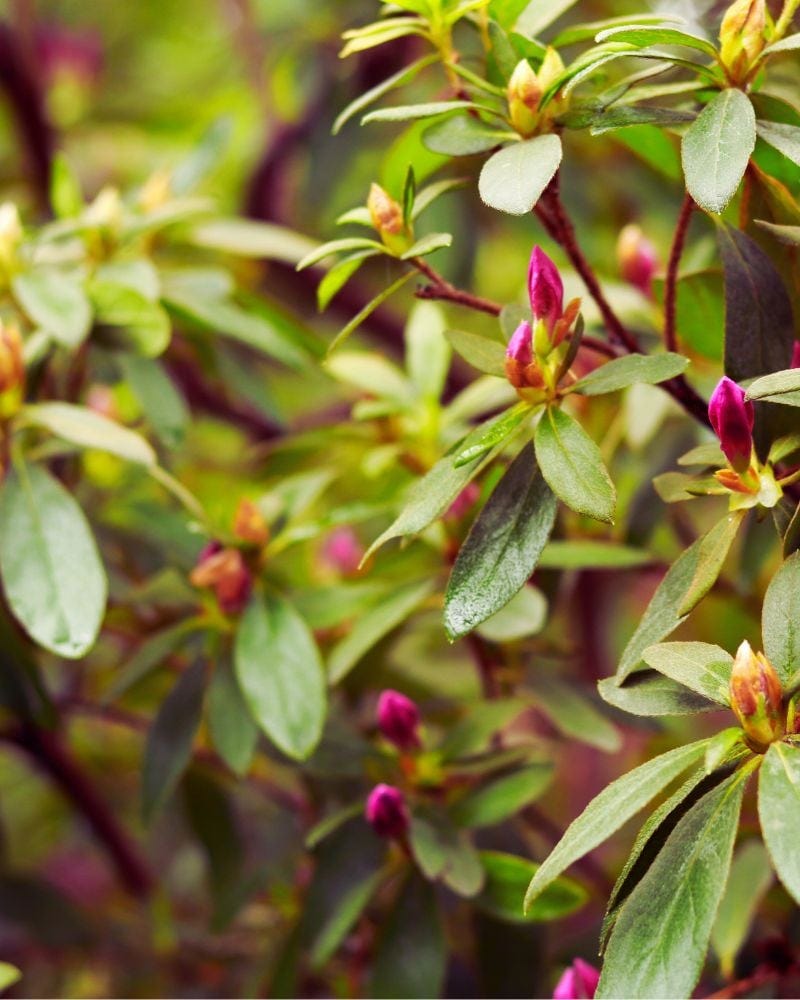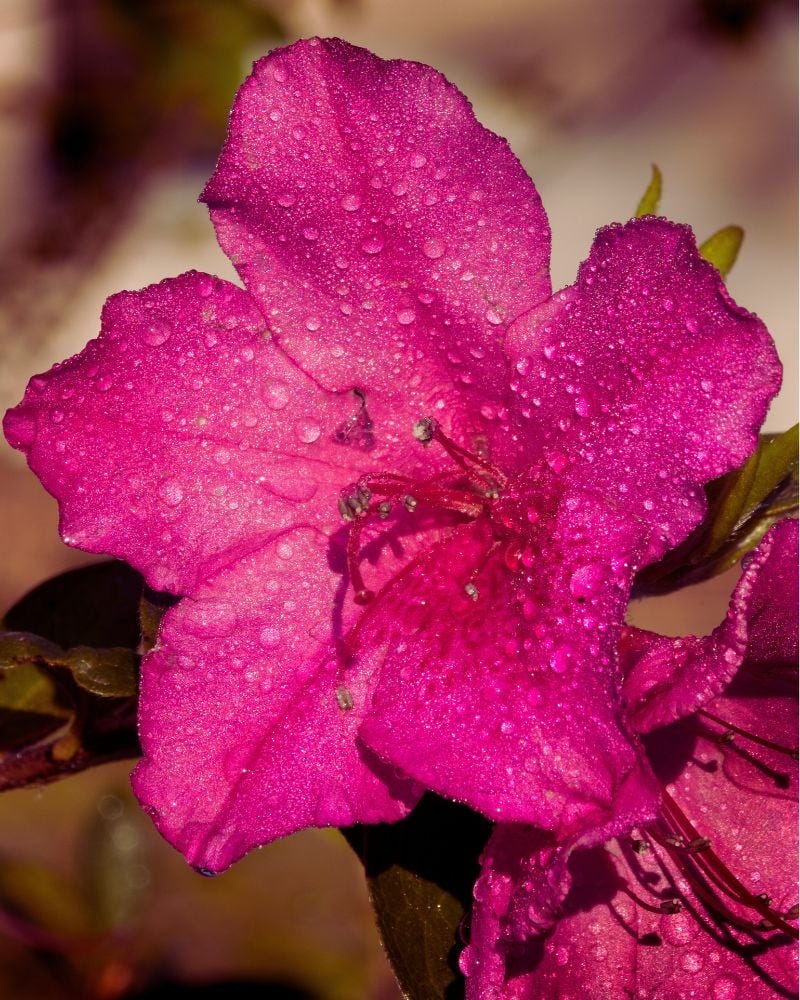Are Encore Azaleas Perennials? 5 No-Fail Care Tips
Hint: It depends on where you live.
Are Encore azaleas perennials? The answer depends on the USDA hardiness zone in which you live.
What Are Encore Azaleas?
Encore Azaleas are a special type of hybrid azalea. They were bred to provide an extended bloom time with their spring bloom. There is an additional bloom in late summer and early fall.
Keep in mind that Encore azaleas are most commonly recommended for zones 6 – 9. These are zones that typically have mild winters and moderate summers.
Evergreen Nature
Encore azaleas are acid-loving plants, meaning they thrive in acidic soil with a pH level lower than 7.0 and retain their green foliage all winter.
How They Differ From Traditional Azaleas
While traditional azaleas may only bloom in spring or early summer, the Encore azalea has a longer bloom cycle. Known as evergreen shrubs, this plant blooms several times a year, making it a great choice for gardeners.
What is a Perennial? How to Tell if a Plant is a Perennial or Not
In most cases, you can’t tell if a plant is perennial just by looking at it. There are, however, a few characteristics that can help you determine the difference.
Perennials are plants that live for more than two years, unlike annuals that complete their lifecycle in a single growing season.
How to Use the USDA Hardiness Zones for Gardening
To find your USDA hardiness zone, you can use your zip code or refer to the USDA hardiness zone map.
Once you know your zone, choose plants that are labeled for that specific zone.
For example, Encore Azaleas thrive in zones 6-9, while blueberries grow best in zones 3-8.
It’s also important to consider any microclimates in your garden. These are areas that may be slightly warmer or colder than the rest of your landscape.
Can You Grow Encore Azaleas Indoors?
It depends. They were primarily designed for outdoor growing, and they thrive in natural conditions where there is full sunlight and good air circulation.
Here’s what to consider:
Light Requirements
Encore Azaleas need 6-8 hours of sunlight daily to bloom well. Indoors, they will require a very bright window or supplemental grow lights to meet their light needs.
Temperature
While they tolerate a wide range of temperatures outdoors (Zones 6-10), indoor temperatures must remain consistently cool to moderate. High indoor heat or dry air can stress the plant.
Humidity
Azaleas prefer higher humidity levels. Indoor environments, especially during winter with heating, can be too dry. A humidifier or regular misting can help.
Space
Encore azaleas can grow quite large outdoors, so they require sufficient space when potted indoors.
If you live in a zone outside their range, you can overwinter them indoors temporarily and move them outside during warmer months.
5 No-Fail Care Tips for Growing Encore Azaleas Perfectly
Encore azaleas are a gardener’s dream, offering vibrant blooms not just in spring but multiple times throughout the year.
With the right care, these resilient beauties can thrive and transform your garden into a colorful oasis.
Follow these five simple tips to ensure your Encore azaleas grow perfectly and bloom to their fullest potential.
1. Choose the Right Planting Location
Encore azaleas thrive in full sun with morning sun and afternoon shade.
They can tolerate partial shade, particularly in warmer zones, though they may not bloom as profusely in low-light conditions.
It’s important to ensure the planting area provides a balance of good drainage and light requirements.
These plants are also an excellent choice for foundation plantings, where their compact size fits well into your landscape design.
2. Maintain Acidic, Well-Drained Soil
Encore azaleas are acid-loving plants that require acidic soil with a pH between 5.0 and 6.0.
Amend the soil with organic matter, such as peat moss, to maintain a slightly acidic environment.
The soil should also be well-drained, as heavy clay soil or poor drainage can lead to root rot.
To help maintain moisture without over-saturating the soil, use pine bark mulch or pine straw around the base of the plant.
3. Water Regularly, But Don’t Overdo It
While Encore Azaleas prefer moist soil, it’s important to avoid overwatering, as this can lead to root rot.
During the first year, water consistently to help establish a well-developed root system, but after the plant has settled in, reduce watering.
Water deeply, especially during the growing season, ensuring the soil stays moist but not soggy.
Moist soil is crucial, but be sure to avoid alkaline soil, which can hinder their growth.
4. Fertilize with the Right Food
For healthy foliage and flower buds, use a balanced fertilizer like Ferti-lome Azalea Evergreen Food.
Apply it in early spring to encourage new growth, and again in late winter to give the plant a boost before the bloom cycle begins.
Be cautious not to over-fertilize, as too much fertilizer can lead to excessive leaf growth at the expense of flowers.
Over-fertilizing may cause new plants to focus on growing leaves rather than producing blooms.
5. Watch for Pests and Diseases
Lace bugs are a common pest that can damage the leaves of azaleas, particularly on older plants.
It’s important to monitor for these pests and apply systemic insect control when needed.
Additionally, diseases like root rot can occur with poor drainage, so maintaining good soil conditions is key.
Be sure to avoid heavy clay soil and ensure proper drainage to help prevent fungal issues.
What are your favorite plants and why?
Let me know by leaving a comment!
Thanks for reading!





